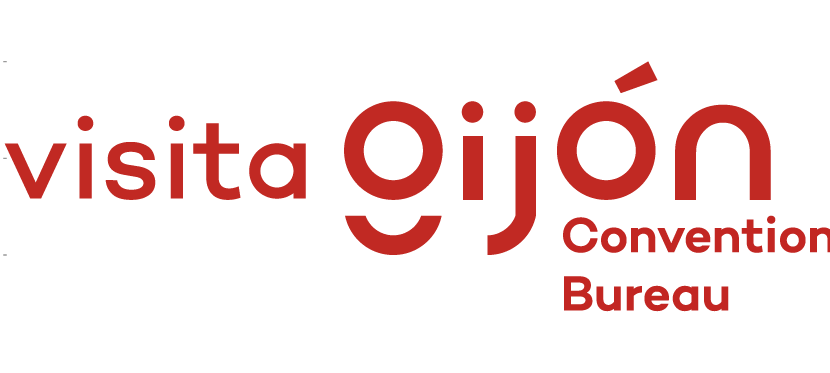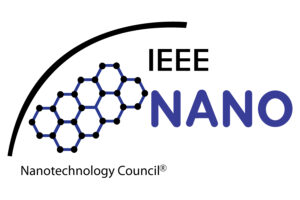We are pleased to introduce Prof. María Vélez, one of the plenary speakers at the upcoming IEEE NANO 2024 and a professor at Universidad de Oviedo. Her research focueses on two main topics: superconductivity and magentism, with a particular emphasis on hybrid superconducing system and domain walls/magnetic textures in nanostructures. Recently, she has been working to experimentally investigate unravel the role of different textures on the magnetization reversal process. More recently, she successfully imaged Bolch points in 3D and characterized their topological charge and surrounding emergent field in collaborating with Prof. Ferrer at Alba Synchrotron.
In this interview, conducted by a committee member of the Publicity team, Minkeun Choi from Pohang University of Science and Technology (POSTECH), Prof. Vélez shares highly valuable insights about her career journey, the benefits of international conferences, presenting tips, and a strategy for overcoming difficult challenges.
Q: Welcome Prof. Vélez to IEEE NANO 2024. Could you please start by giving us a brief overview of your research careers and what sparked your interest in spin textures?
I had been working on superconducting vortex physics in hybrid magnetic/ superconductor multilayers during my post doc at University of California San Diego when I became aware of the rich spin configurations that appear in magnetic nanostructures. Thus, I switched to the study of magnetic vortices and half vortices that appear around antidots in magnetic films by Magnetic Force Microscopy images. Eventually, I had the opportunity to participate in the development of X-ray vector magnetic microscopy and tomography at MISTRAL in ALBA Synchrotron in collaboration with the group of Prof. Salvador Ferrer. Previously, we needed to infer magnetic configurations indirectly, with the aid of micromagnetic simulations. Nowadays, X-ray vector imaging techniques are the basis of experimental micromagnetism, providing detailed 3D maps of magnetic moments at the nanoscale in real samples.
Q: If you could have been part of any historical scientific experiment, which one would it be and why?
I would have liked to participate in the discovery of Giant Magnetoresistance in Fe/Cr multilayers by the group of Prof. Fert, which implied an increase of several orders of magnitude in the sensitivity of magnetoresistive devices and has been one of the foundational experiments of the field of Spintronics. This experiment is a beautiful example of how advanced materials design (Fe/Cr multilayers with oscillatory coupling) can lead to novel physics and a wealth of relevant applications.
Q: What topics at IEEE NANO 2024 do you think align with the historical experiment you would have liked to participate in?
In my opinion, the topics of Spintronics and Nanomagnetism at IEEE NANO 2024 are the most closely connected to the discovery of GMR in Fe/Cr multilayers. In this historical experiment, a key factor was the control of layer thicknesses at the nanoscale. Nowadays, this concept has been extended to 3D for the design of sample dimensions and texture configurations within the fields of Spintronics and Nanomagnetism.
Q: If you were to present the historic experiment you just described at this conference, what would you anticipate from this conference?
If I had to present the discovery of GMR in Fe/Cr at IEEE NANO 2024, I would expect relevant feedback not only from the Spintronics and Nanomagnetism communities but, also, from several related fields such as Modeling & Simulatons or Nanosensors & Actuators, for example. This would be very beneficial to gain insight into GMR physics and to foster the development of applications.
Q: Can you share any positive experiences you’ve had at the conference?
This is my first time at an IEEE NANO conference but I find very appealing the broad scope of conference topics within the field of Nanotechnology to learn novel physics and to establish new collaborations.
Q: When presenting at a conference, do you have any tips for making your presentation understandable to people who are not familiar with your area of expertise?
I think that the first couple of slides are key to engage your audience with a good motivation of your work and clear question that needs to be answered. In my opinion, it is important to focus on the most basic result, leaving the details for further discussion with the audience.
Q: What advice do you have for young scientists on where to start when faced with a complex and difficult challenge?
I think that the best strategy to find the way through a complex challenge is to start by a discussion session with colleagues and your supervisor. This will surely help you to explore different paths and alternatives, and to develop an original approach to the problem. Then, I will try to break the challenge into a set of small tasks and focus just on one at a time.
Finally, I think that it is very important to keep your eyes open for unexpected twists along the way. Many times, while working in basic research projects, you can find unexpected and novel physics that can be even more relevant than your original goal.
Q: Finally, I know that you are staying in an area very close to Gijόn. Since you probably know more about the city than others attending the conference, do you have any recommendations for must-do experiences (activities, food, etc.) while in Gijόn?
Gijón is a nice city by the sea, with a medieval quarter called Cimadevilla right by the port, a beautiful promenade called “El Muro” close to the beach of San Lorenzo. I would also recommend a visit to the Aquarium, the Botanical Garden or to “Universidad Laboral”. Typical food 1 includes “fabada” (pork and bean stew), “cachopo” (stuffed veal steak) and cider to drink, that you can find in local “Sidrerías” such as Casa Carmen or La Tabacalera.
Thank you very much for your valuable time, Professor Vélez. See you in Gijón!

More information on (from left to right):


